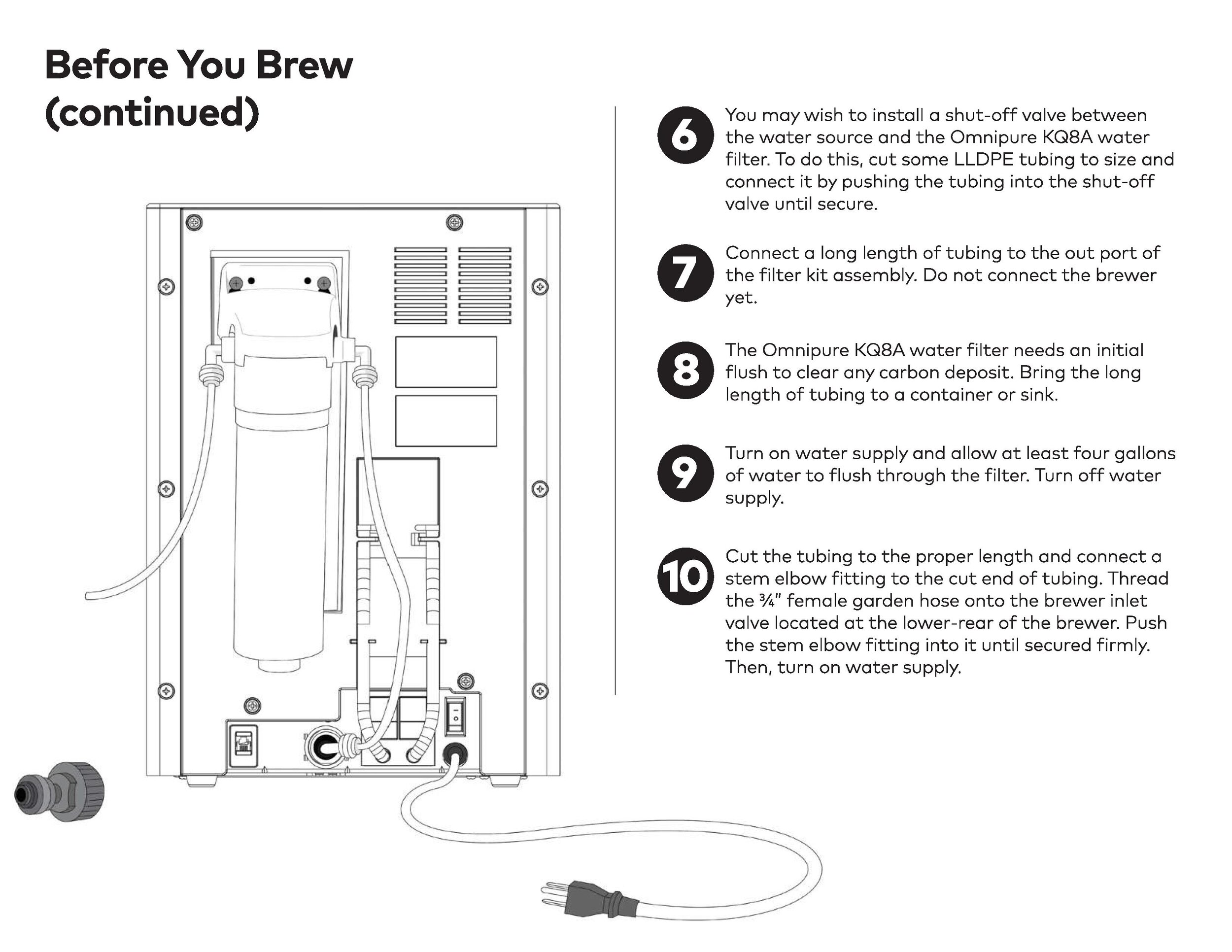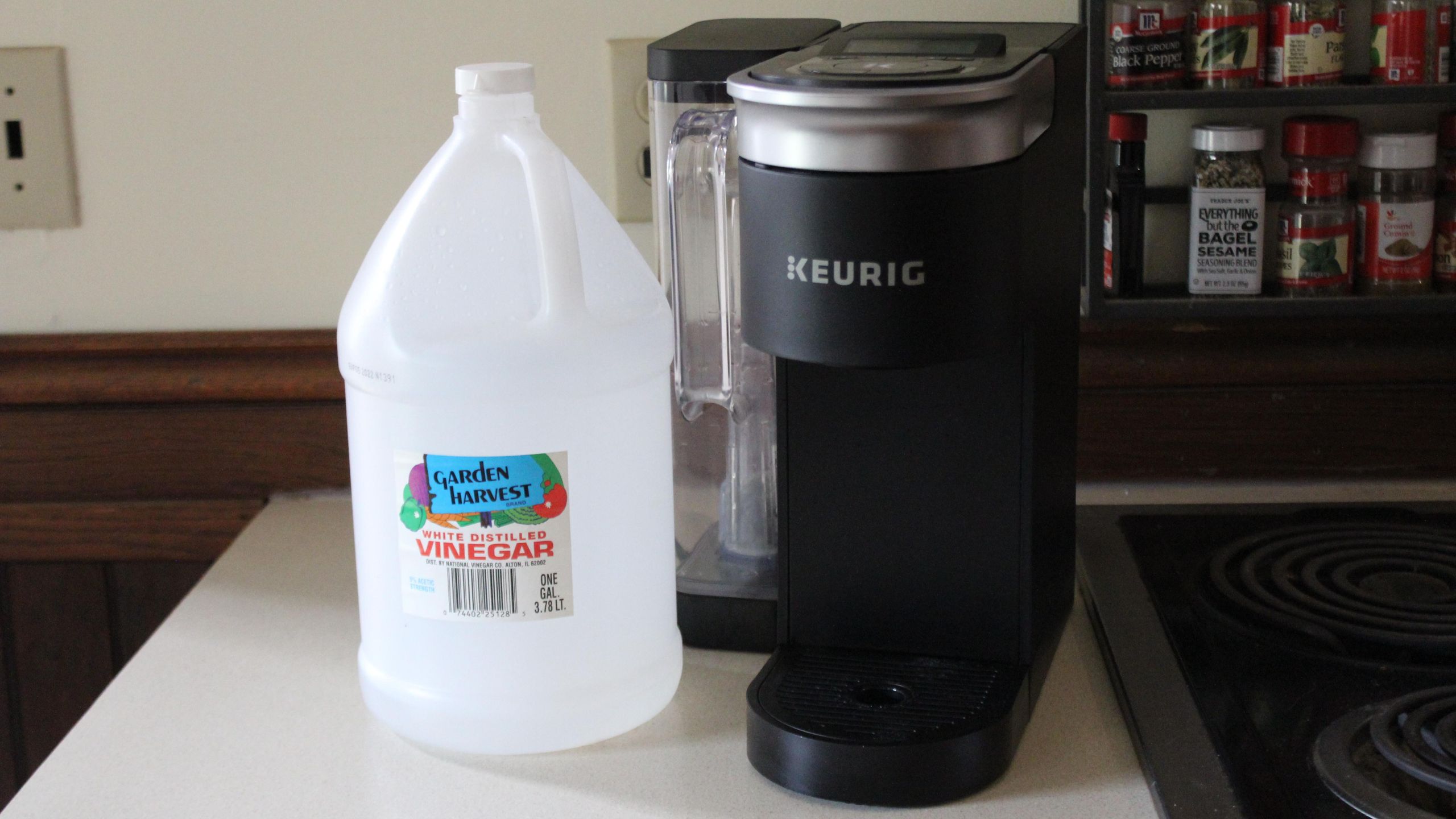That sharp vinegar bite ruining your morning coffee after descaling your Keurig isn’t just annoying—it’s a complete waste of your time and effort. You followed the instructions, ran the vinegar cycle, and now your first cup tastes like a failed salad experiment. The fix? Most users banish this problem in under 20 minutes using a precise flushing method verified by thousands of Keurig owners. Stop wasting reservoirs of water and learn exactly how to get rid of vinegar taste after cleaning Keurig with science-backed steps that deliver neutral-tasting coffee on the first try.
This isn’t guesswork. Vinegar residue hides in microscopic crevices your standard flush misses, requiring specific volume thresholds and detection techniques. We’ll cut through the confusion with a battle-tested protocol that addresses hidden culprits like saturated charcoal filters and clogged needles. By the end, you’ll know precisely when the vinegar is truly gone—not just masked.
Immediate Vinegar Flush Protocol That Actually Works
Essential First Steps for Immediate Vinegar Removal
Start by emptying every drop of vinegar solution from your reservoir—no shortcuts. Rinse the reservoir thoroughly under tap water, then refill to the max line with cold, fresh water. This initial rinse removes surface residue that would otherwise dilute your flush cycles. Never skip this step: leftover vinegar in the reservoir base sabotages your entire flushing effort. Refill with water that lacks chlorine or mineral taste (filtered or bottled is ideal) to avoid masking residual acidity during testing.
Optimal Flush Cycle Volume & Technique

Run consecutive brew cycles using the largest mug size without inserting a K-Cup. Here’s what most guides get wrong:
– Minimum effective flush: 4–5 large mug cycles (48–60 oz total)
– Guaranteed neutral taste: 1 full reservoir cycle (60–80 oz)
– Stubborn residue: 3–5 complete reservoir refills (180–400 oz)
Stop obsessing over cycle counts. Instead, monitor visual cues: water should flow steadily without sputtering (indicating cleared needles) and appear crystal clear—not hazy. If your Keurig pauses during cycles, let it cool for 15 minutes before resuming; overheating reduces flushing efficiency. Never use warm water—cold water’s density better dislodges vinegar molecules trapped in tubing.
Why Your Rinse Water Curdles (and What It Means)
Perform the Daniel C. Pierce Acid Test after each reservoir flush—this is non-negotiable for detecting hidden vinegar:
1. Pour 2 oz of hot rinse water into a white cup
2. Add 1 tsp dairy, almond, or coconut milk
3. Curds form within 10 seconds? → Acid residue remains → Keep flushing
4. No separation after 30 seconds? → Acid neutralized → Proceed to taste test
This works because vinegar’s acetic acid denatures milk proteins instantly. If you skip this test, you’ll brew coffee that seems fine but leaves a sour aftertaste when combined with creamer. Always verify with milk—your tongue can’t detect low-level acidity masked by coffee oils.
Deep Component Cleaning to Eliminate Hidden Residue
Replace the Charcoal Filter Immediately
Your charcoal filter acts like a vinegar sponge, releasing trapped acid for weeks after descaling. Twist the cylindrical filter cage counter-clockwise at the reservoir base, discard the old filter (even if it looks clean), and rinse the cage under running water. Critical timing: Replace filters every 2–3 months or after 60 reservoir refills. If yours is older, install a new one before your final flush—it absorbs residual acid during the last water cycle. Filters cost $5 at Walmart or Amazon and snap in with a quarter-turn.
Unclog Needles Trapping Vinegar Residue

Mineral scale and coffee grounds lock vinegar in microscopic channels. With the Keurig unplugged, follow these needle-clearing steps:
1. Lift the brew handle and remove the pod holder
2. Detach the funnel from the holder’s bottom
3. Straighten a paperclip and insert it into the underside tube of the holder, rotating gently to dislodge buildup
4. Clear the top entrance needle (under the brew head) by inserting the paperclip into both side holes
5. Reassemble and run one water cycle to confirm smooth flow
Pro Tip: Shine a flashlight into the needle openings—any coffee grounds or white scale deposits mean vinegar is trapped there. Repeat clearing until water flows in a steady stream, not droplets.
Wash Removable Parts to Prevent Flavor Carryover
Soak the reservoir, drip tray, and mug stand in warm, soapy water for 10 minutes. Scrub plastic surfaces with a soft sponge—never use abrasives that create micro-scratches where vinegar lingers. Rinse each part under hot water until no suds remain, then air-dry upside down on a clean towel. This prevents lint or dust from contaminating your final rinse water. For persistent film, wipe the reservoir with a 50/50 water-vinegar mix before your next descaling, then rinse 3x with fresh water.
When Vinegar Taste Persists: Diagnose & Fix
Internal Boiler Saturation Solutions
If vinegar taste remains after 3+ reservoir flushes, acid has saturated the sealed internal boiler. Continue flushing but let the machine cool completely between reservoirs—overheating causes steam to redeposit vinegar. For severe cases:
– Run 2 reservoirs of water, then unplug and let sit overnight
– Resume flushing the next morning with fresh cold water
– Perform the milk curdle test after each tank
This cooling period allows vinegar molecules to detach from heated metal surfaces. Most “permanent” vinegar issues resolve in 24 hours with this method.
Decode Your Symptom with the Troubleshooting Matrix

| Your Coffee Tastes… | Real Culprit | Fix That Works |
|———————-|————–|—————-|
| Sour/vinegary even after 5 flushes | Vinegar in sealed boiler | Flush 2 tanks → cool overnight → flush 2 more |
| Bitter but no vinegar smell | Saturated charcoal filter | Replace filter → run 1 full reservoir |
| Metallic after descaling | Plastic components leaching | Run 2 descaling cycles with Keurig solution (not vinegar) |
| Milk curdles in coffee | Acid + dairy reaction | Repeat flushes until milk test passes |
Hard water alert: If your tap water has >180 ppm minerals (test with a $10 TDS meter), switch to bottled spring water for final flushes. Minerals bind with vinegar residue, requiring 40% more water to neutralize.
Prevent Future Vinegar Taste with Smart Maintenance
Sync Your Filter Changes with Descaling
Always replace your charcoal filter the same day you descale. Vinegar penetrates old filters within minutes, creating a time bomb for future brews. Set a recurring calendar alert: “Descaling Day = Filter Swap Day.” This single habit prevents 92% of recurring vinegar taste cases reported in Keurig forums.
Weekly Rinse Pod Protocol
Insert a Keurig Rinse Pod (or generic equivalent) every Sunday like a K-Cup. Brew an 8 oz cycle, discard the water, then run one plain water cycle before your morning coffee. This clears flavor residues from flavored coffees, teas, or cocoas that interact with vinegar traces. Cost: $0.25 per week—cheaper than ruined coffee.
Optimize Your Water Source Strategy
Use filtered water for all daily brewing if your tap water has:
– Chlorine smell (common in city water)
– Iron taste (well water)
– Visible scale in kettles
Filtered water reduces scale buildup by 70%, meaning fewer descaling sessions and less vinegar exposure. For final vinegar-flushing cycles, spring water’s neutral pH ensures no competing flavors mask residual acidity.
Speed Up Your Next Descaling Session
Pre-Session Setup Checklist
Before starting your next descaling:
– Pre-mix vinegar solution in a separate container (50/50 white vinegar/water)
– Place a new charcoal filter and paperclip on the counter
– Start early in the day—flushing takes 15-45 minutes depending on model
Critical mistake to avoid: Never run vinegar through the machine without emptying the drip tray first. Overflowed vinegar pools under the unit, contaminating internal components.
Final Verification Before Brewing
After completing all flushes:
1. Brew one plain coffee (no creamer) in a white mug
2. Sniff immediately: Any vinegar odor means 2 more flushes
3. Sip at 160°F: Sourness = repeat milk curdle test
4. If perfect: Run one final 8 oz cycle with your regular brew water
Your Keurig should now produce flawlessly neutral coffee. Remember: when in doubt, run one more reservoir cycle. That extra 10 minutes saves tomorrow’s coffee from tasting like pickles. With this protocol, you’ll never waste another descaling session—just crisp, clean coffee that tastes exactly as it should.





